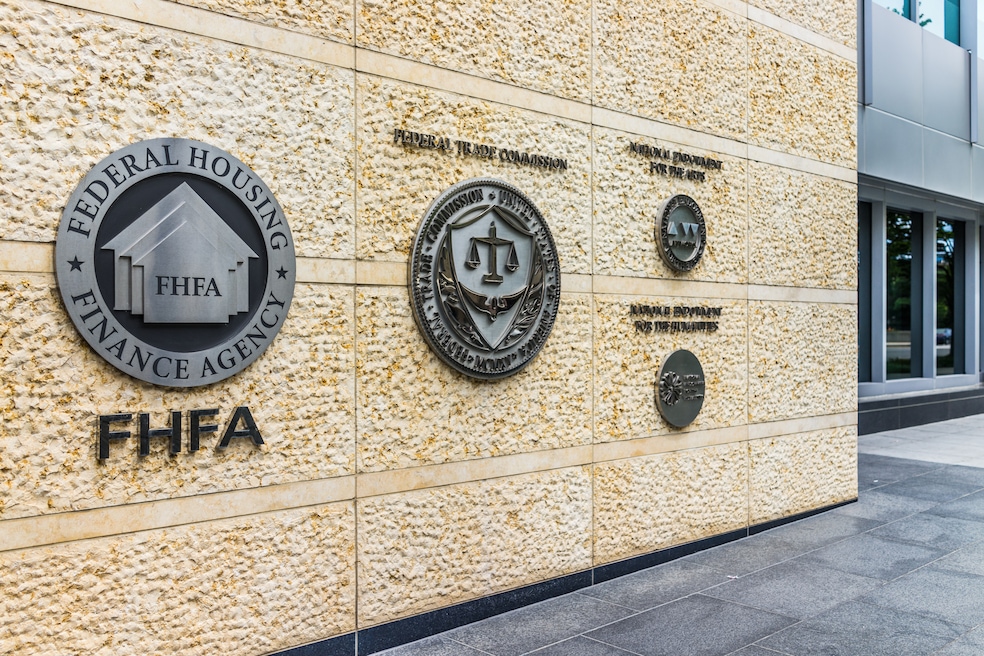Fannie Mae and Freddie Mac may be free from federal conservatorship by the end of this year, according to the director of the Federal Housing Finance Agency.
In a post Monday on X, FHFA Director Bill Pulte said the Trump administration is "opportunistically evaluating" a public offering for the two mortgage giants, both of which were placed under federal government control during the financial crisis in 2008.
“President Trump made the right decision not to take Freddie and Fannie public during his first term and is opportunistically evaluating an offering this time around, which could be as early as the end of 2025,” Pulte wrote on his social media account.
"This signals that the administration is looking at a range of options and they're very serious about moving the GSEs [Government Sponsored Enterprises] out of conservatorship," Dennis Shea, the executive vice president at Bipartisan Policy Center, told Homes.com on Tuesday.
The IPO buzz comes days after his agency called for input on a new strategic plan to reshape the future of both agencies. The public has until November to submit feedback.
Fannie and Freddie buy mortgages from banks and other lenders, then bundle those loans into mortgage-backed securities that can be sold to investors. Both overloaded on risky mortgage-backed securities during the Great Recession and were placed under government control.
Pulte revealed that both mortgage giants hold more than $7 trillion in assets. "We are focused on running them like a business and taking out costs, so I don’t think there’s any limit to what they could be worth one day," he wrote.
Separately, Pulte urged investors to "read the risks that Freddie Mac has in their 10-K," signaling anyone considering buying shares should first understand the financials laid out in the company's filings with the Securities and Exchange Commission.
According to the Wall Street Journal, executives at the largest banks have been visiting the White House to discuss the complicated nature of taking the government-backed entities public.
The White House, the FHFA, the Treasury Department, Fannie Mae and Freddie Mac did not respond to requests to comment.
Since his first term in office, Trump has pushed to release both mortgage agencies from federal control. His administration argued that allowing Fannie and Freddie to operate as private companies would boost competition and potentially lead to lower interest rates.
However, the effort stalled as Fannie and Freddie remained undercapitalized, and Congress failed to enact the reforms that Treasury had recommended.
While some housing experts and former leaders of both agencies favor the move, others argue that achieving true independence will require establishing proper safety nets and navigating regulations, which would take years —far beyond a single presidential term.
Don Layton, former CEO of Freddie Mac and a visiting fellow at New York University’s Furman Center for Real Estate and Urban Policy, told the Harvard Joint Center for Housing Studies in April that changes would take a significant amount of time.
Layton said in April, the administration "can take some good steps to move the ball down the court a bunch, and that’s as far as they’ll get during the next four years."
Trump and FHFA pressure homebuilders
President Trump and FHFA director Pulte have taken to social media, urging Fannie Mae and Freddie Mac to get the largest homebuilders to ramp up production.
In early October, Pulte posted on X a new GSE disclosure requirement for builder loans, writing "to continue, and to strengthen, the safety and soundness of the market, Fannie Mae and Freddie Mae [sic] will be asking relevant market participants to disclose Big Builder loans they are selling to Fannie and Freddie."
The move is part of a broader push to get the big homebuilders more engaged with government-sponsored entities as policymakers look for ways to address the housing crisis.
“We do think Pulte's comments were really to incentivize home builders to do more with the GSEs,” Jeana Curro, an MBS strategist at Bank of America, wrote in a note.
One way to do that is through builder buydowns, a type of mortgage where the homebuilder pays upfront to lower the buyer’s interest rate for the first few years, making monthly payments more affordable for buyers and helping builders sell more homes.
Curro notes there’s room for growth: new homes make up about 20% of all home sales, but only 6% of those use builder buydown loans through Fannie and Freddie. However, builders have options like Ginnie Mae, another government-backed mortgage program, so Freddie and Fannie aren’t the only places they can go for this kind of financing.

